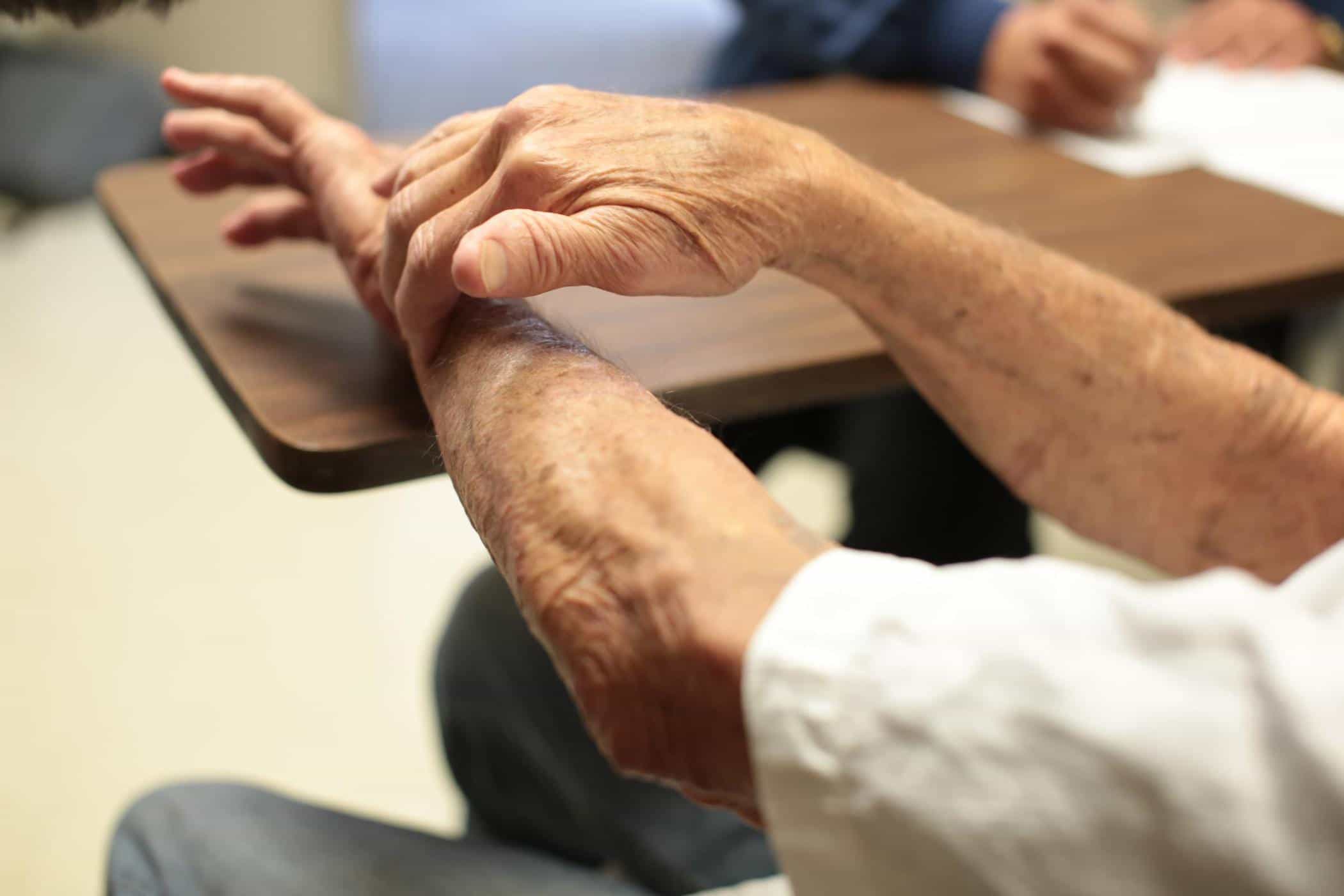Contents:
- Medical Video: What Happens When You Get Leprosy?
- Overview of leprosy
- Source of leprosy bacteria
- How is leprosy transmitted?
- Actually, leprosy is not easily transmitted
- Who is the group of people who are vulnerable to leprosy transmission?
Medical Video: What Happens When You Get Leprosy?
Leprosy is the oldest disease in the world because references to the disease have been written since 600 BC. The oldest civilizations in China, Egypt and India consider leprosy an infectious disease that cannot be cured. Therefore, many lepers at that time were exiled. In fact, leprosy does not actually spread as easily as many people thought centuries ago. So how can leprosy be transmitted? See the explanation about the following leprosy transmission, huh.
Overview of leprosy
Leprosy (leprosy) also called Hansen disease is a disease caused by bacteria Mycobacterium leprosye. This disease affects the extremity nerves, the lining of the nose, and the upper respiratory tract.
This causes skin injury, nerve damage, and muscle weakness. If left untreated, it can cause severe damage and limitations.
Recorded in 2014, the number of new cases of leprosy in Indonesia reached 19,949 people. Not only that, according to regional data from the World Health Organization (WHO) in 2015, this disease is most prevalent in Southeast Asian countries.
Source of leprosy bacteria
In some cases, humans are considered the main source of transmission, although leprosy-causing bacteria also live in animals such as armadillo (anteater-like animals), chimpanzees, and mice.
In humans, many leprosy bacteria are found in the nasal mucosa. The bacteria that causes leprosy live in cells, usually in nerve cells. Now, on your nose there are many nerve cells. Because of this, these bacteria can live in your nose, even in the mucus in your nose.
Unfortunately, this bacterium has an incubation period (the time between infection occurs and the first appearance of symptoms). That is, bacteria may enter your body at this time, but new symptoms of leprosy will appear around the next 5 to 20 years.
How is leprosy transmitted?
Although this disease has been observed by experts all over the world for centuries, the method of transmission of leprosy has not been properly understood. Reporting from the official website World Health Organization (WHO), two of the most believed ways to spread the bacteria that causes leprosy, namely through the skin and mucous fluid (snot) from the nose.
Well, because of that, leprosy transmission is suspected to occur when the whole (living) bacteria comes out of the patient's body and enters the body of another healthy person. For example, when a patient coughs or sneezes.
However, according to a number of studies, healthy people should often be close to patients for a long time, leprosy may be transmitted. While patients who have taken a combination of drugs from a doctor (multidrug therapy or MDT) is usually not a source of leprosy transmission to others.

Actually, leprosy is not easily transmitted
Only a few people will contract leprosy after contact or contact leprosy patients. Why so? Well, the human body is equipped with an immune system. To fight bacteria that cause leprosy, the immune system already has a special mechanism to attack bacteria that live in cells, for example in nerve cells.
Because of that, it does not mean that anyone who has direct contact with someone who has leprosy is certainly infected. So indeed leprosy transmission is not as easy as people fear.
Even according to the Ministry of Health, the percentage of people who are resistant to leprosy is known to be 95 percent. While only 5 percent have the possibility of contracting leprosy. Of the 5 percent of those at risk, 70 percent will recover by themselves and only 30 percent will get leprosy.
So for example in the community there are 100 inhabitants who are exposed to bacteria that cause leprosy. As many as 95 people will not get leprosy because they are immune. While 3 people will get hit, but can heal themselves without medication. While these 2 other people may be affected by leprosy and must receive medical treatment.
It should be noted that leprosy is not contagious from ordinary patient contacts, such as shaking, sitting side by side, or hugging. This disease is also not inherited from a mother to her unborn baby during pregnancy and also does not spread through sexual intercourse.
Who is the group of people who are vulnerable to leprosy transmission?
Although leprosy is actually not easy to spread, there are certain groups that are more vulnerable to leprosy transmission. It is known that people who are malnourished (malnourished) and have a weak immune system are more at risk of getting leprosy.
A number of studies have also found that certain people are genetically more resistant to bacteria that cause leprosy. Therefore, people who do not have these genes become more susceptible to leprosy.












